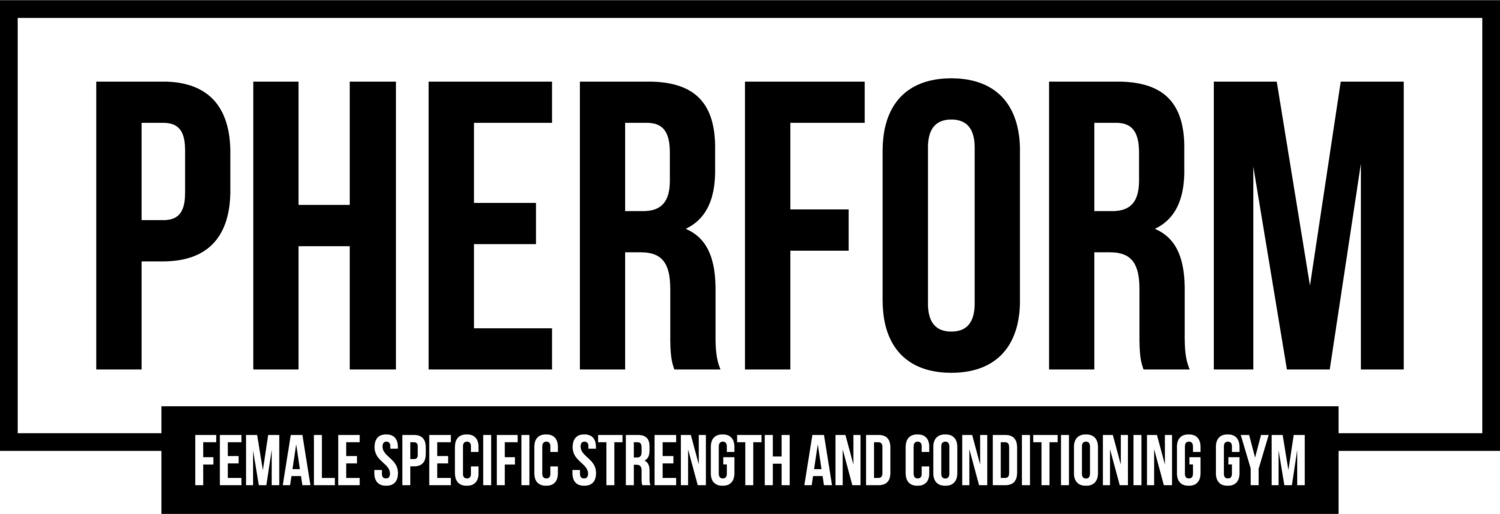Beating the Summer Slump: Energy Management Strategies for Hong Kong's Heat
How to work with your body's natural rhythms instead of against them
"I feel so sluggish in this heat."
We've heard this from three different members in recent conversations, and if you're nodding along, you're not alone. Hong Kong's intense summer humidity drains energy levels in ways that catch even experienced gym-goers off guard.
But here's the thing: summer fatigue isn't a character flaw or a sign you're not trying hard enough. It's your body's natural response to environmental stress. The solution isn't to push harder—it's to train smarter.
Why Summer Hits Different
Your body is already working overtime during Hong Kong's summer months. Between regulating internal temperature, managing increased sweat loss, and adapting to longer daylight hours, your energy reserves are being pulled in multiple directions before you even step into the gym.
This isn't about willpower. It's about biology.
Four Strategies That Actually Work
1. Time Your Training to Your Energy Peaks
Pay attention to when you feel most energized during the day and book your sessions accordingly. This isn't about forcing yourself into someone else's schedule—it's about honoring your body's natural rhythms.
Morning people: Those 6 AM sessions aren't just about beating the heat. Your cortisol levels are naturally higher in the morning, giving you more energy for training. Morning workouts tend to work especially well for women in their reproductive years when estrogen levels support earlier energy peaks, for those in perimenopause who may experience better sleep quality after morning exercise, and for pregnant women who often have more energy in the first half of the day before afternoon fatigue sets in.
Midday movers: The lunch slots can work for those needing a workday break, though summer heat requires extra caution. This timing often suits women in early pregnancy who've passed morning sickness but haven't hit the afternoon crash yet, or those in perimenopause experiencing midday energy spikes.
Evening energy: If you're naturally more alert later in the day, the 7 PM slots might be your sweet spot. Your body temperature is naturally higher in the evening, which can improve performance. Evening sessions often suit younger women whose circadian rhythms shift later, and women in menopause who find their energy peaks later due to changing hormone patterns.
Fighting your natural rhythm creates unnecessary resistance. Work with your body, not against it.
2. Hydrate Strategically, Not Just Frequently
Everyone knows to drink water, but timing matters more than you might think.
Start early: Begin hydrating 2-4 hours before your training session. For morning classes, this means starting the night before. For evening sessions, begin in the afternoon.
Add electrolytes: A pinch of sea salt in your water bottle helps with absorption. If you're sweating heavily, consider proper electrolyte replacement—your body needs more than just water. This becomes especially important during certain phases of your cycle when fluid retention changes, during menopause when the body's ability to regulate temperature shifts, and during pregnancy when blood volume increases significantly and hydration needs are higher.
Recognize the signs: Dehydration isn't just feeling thirsty. It affects strength, coordination, and motivation. That "off" feeling might be your hydration status talking.
3. Embrace the Power of 'Good Enough'
This might be the most important strategy of all.
On low-energy days, showing up at 70% is infinitely better than not showing up at all. Your July workouts might look different from your April ones, and that's exactly as it should be.
What this looks like in practice:
Modify exercises to match your energy level
Take longer rest periods in a Lifther or Powher
Focus on form over intensity
Consistency beats perfection every time. A modified workout is still a workout that contributes to your long-term health and habit-building. This approach becomes particularly valuable during the luteal phase of your cycle when your core body temperature runs higher, making you more sensitive to heat, during perimenopause when energy levels can fluctuate unpredictably, and during pregnancy when your body is already working harder to support growing life.
4. Fuel for the Heat
Your nutrition strategy needs to adapt to the season just like your training does.
Light, frequent meals: Heavy meals within 2 hours of training make your body work harder to digest while it's already managing temperature regulation. Instead, eat smaller, more frequent meals throughout the day. This approach is especially beneficial during pregnancy when larger meals can increase nausea and discomfort in the heat.
Cooling foods work: Cucumber, watermelon, leafy greens, and other water-rich foods help support hydration while providing necessary nutrients. These aren't just refreshing—they're strategic.
Protein matters: Don't skip protein because it's hot. Your muscles still need adequate protein for recovery and strength building. Choose lighter sources like fish, Greek yogurt, or protein smoothies. During menopause, protein needs actually increase to support muscle maintenance, while during pregnancy, adequate protein becomes crucial for both maternal health and fetal development
The Mindset Shift That Changes Everything
The goal isn't to eliminate summer fatigue—it's to acknowledge it and adapt accordingly.
This is what consistent, sustainable strength training looks like in real life. It's not about pushing through at all costs or maintaining the same intensity year-round. It's about showing up consistently and adjusting your approach to match your current circumstances.
Our members who thrive during these months aren't the ones who refuse to acknowledge the heat. They're the ones who adapt their approach while maintaining their commitment to consistency.
Your strength training journey isn't about perfection—it's about building habits that support your health and longevity over decades
